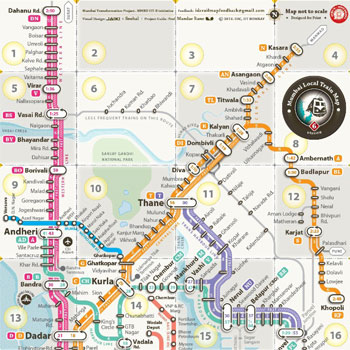Visual Communication 2009-2018
(4 items)
Design of the Indian Rupee Sign
by Udaya Kumar
by Udaya Kumar
The Indian Rupee Sign was designed by Udaya Kumar Dharmalingam, an associate professor at the Department of Design; he holds a PhD in Design from IIT Bombay and is currently a professor at IIT Guwahati. His design was selected in 2010 after a national competition was held by the Indian government to create a symbol that would represent the Indian currency globally, similar to the US dollar, British pound, and euro. The introduction of this symbol was a significant step in giving India a unique identity in the international financial community. The design of the Indian rupee sign is a combination of Devanagari script and the Roman alphabet. The symbol is derived from the Devanagari letter (Ra), representing "Rupiya" in Indian languages, and also bears a strong resemblance to the Latin letter "R," which links it to the Roman script. This fusion of scripts reflects India’s linguistic diversity and bridges the country’s ancient heritage with its modern, global identity. The two parallel horizontal lines at the top of the symbol convey the stability of the Indian economy. This design of the Indian rupee sign has since become an iconic representation of India's modern financial system, blending its rich tradition with the aspirations of a rapidly growing economy.
Details >>Mumbai Rail Map (MRM)
by Prof. Mandar Rane
by Prof. Mandar Rane
The Mumbai Rail Map (MRM) is a significant project designed by Prof. Mandar Rane from the Industrial Design Centre (IDC), IIT Bombay. The map was created to simplify and enhance the experience of navigating the complex railway network of Mumbai, one of the busiest public transportation systems in the world. Prof. Rane’s design provides a clear, easy-to-read, and aesthetically appealing representation of Mumbai’s intricate railways, helping millions of commuters better understand and use the system efficiently. The Mumbai railway network is spread over three major lines: Western, Central, and Harbour. Navigating these lines can be confusing, especially for new or occasional users. The Mumbai Rail Map distils this complex information into a clean, organised visual format. The map uses colour-coded lines for the different railway routes (Western Line, Central Line, Harbour Line, and Trans-Harbour Line), making it easier for commuters to identify and follow their respective routes. Prof. Rane’s design ensures that the text and symbols are legible and accessible to a wide range of users, including those with visual impairments. The use of contrasting colours and bold typefaces ensures clarity in various lighting conditions and from different viewing distances.
Details >>Ek Mukta
by Girish Dalvi
by Girish Dalvi
Ek Mukta is a modern, versatile, and elegant typeface designed by Prof. Girish Dalvi, a faculty member at the Industrial Design Centre (IDC), IIT Bombay. The typeface is part of a larger family of fonts created to address the need for a contemporary, open-source Indian typeface that supports multiple Indian languages. The Ek Mukta typeface is notable for its readability, flexibility, and aesthetic appeal, making it widely used for both print and digital media. Ek Mukta is an open-source font, which means it is freely available for use by the public and can be modified and redistributed under the appropriate license. This has made it popular in both academic and professional settings. The typeface supports multiple Indian scripts, including Devanagari, Gurmukhi, and Gujarati, making it a valuable resource for a diverse range of languages and users. It provides consistency across scripts, helping users create harmonious multilingual documents and designs. Ek Mukta is a significant contribution by Prof. Girish Dalvi to the world of typography, providing a modern, accessible, and versatile typeface that supports the unique linguistic and cultural needs of India while also being a useful tool in global design contexts.
Details >>The Photographer & Uncle the School in himself
by Mazhar Kamran
by Mazhar Kamran
Mazhar Kamran, renowned for his work in both fiction and documentary, directs the film The Photographer & Uncle the School within Himself. This film explores the relationship between photography and identity, blending the personal with the historical. The documentary centres around a character referred to as "Uncle," who is both the subject and the photographer, capturing images that reflect his journey and experiences. The film engages with themes of memory, identity, and the role of the photographer in framing reality. Mazhar Kamran is an Indian filmmaker and cinematographer known for his versatile contributions to both independent and mainstream cinema. A graduate of the Film and Television Institute of India (FTII), Kamran has carved a niche for himself in both fiction and documentary filmmaking.
Details >>


